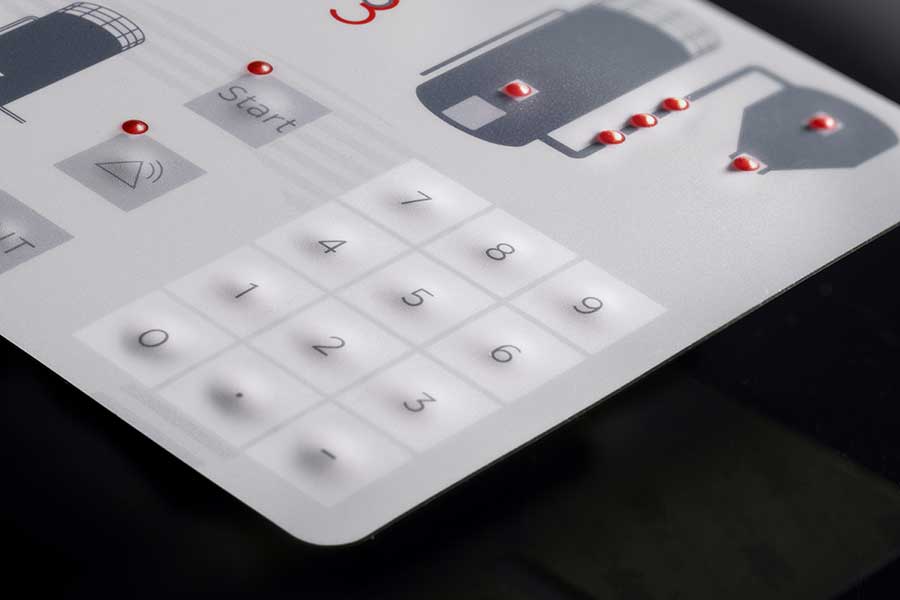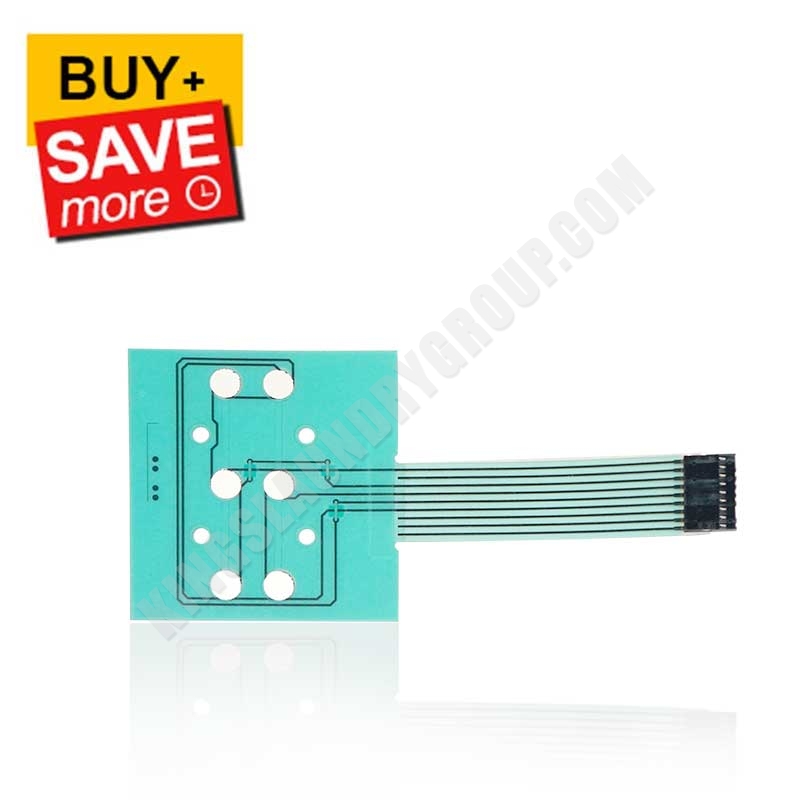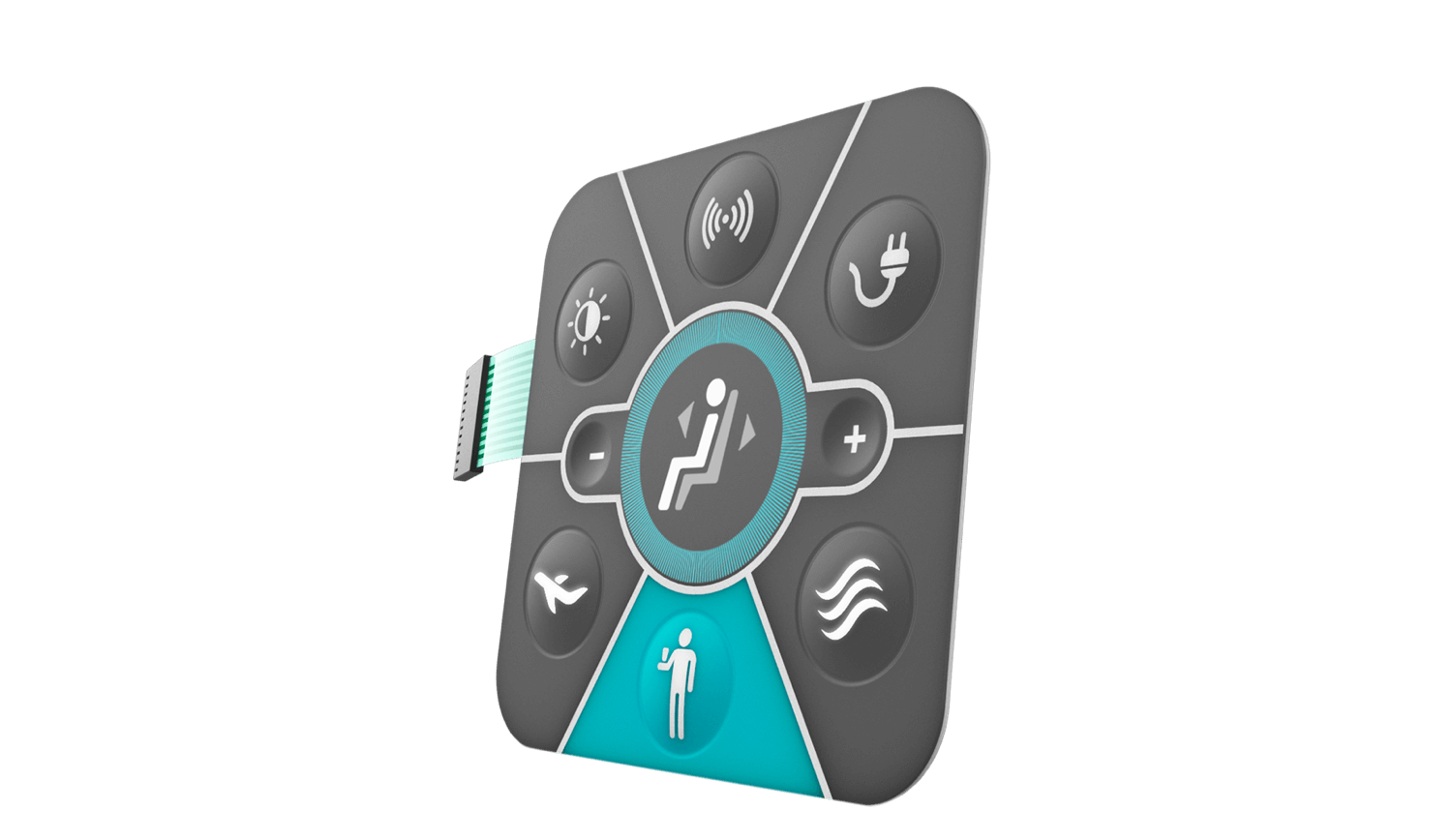Understanding the Functionality of Membrane Layer Changes for Interface Instruments
The performance of membrane switches stands for a substantial development in user interface layout, integrating performance with aesthetic versatility. As sectors progressively prioritize user experience, understanding the nuances of membrane switch modern technology becomes crucial.
What Are Membrane Layer Buttons?
Membrane layer buttons are ingenious user interface gadgets that promote customer communication with electronic devices. These functional elements contain several layers, including a visuals overlay, spacer, and a published circuit layer. The layout allows for a smooth integration into different digital tools, boosting both the aesthetic and useful aspects of interface.
Membrane buttons are frequently used in a wide variety of applications, from household devices to industrial equipment and clinical tools. Their building and construction commonly features a slim account, making them an ideal selection for portable styles. The tactile responses supplied by these buttons can be engineered to meet specific individual preferences, ensuring effective communication between the individual and the device.
Sturdiness is one more significant benefit of membrane layer switches, as they are immune to dust, wetness, and chemicals, which boosts their lifespan in demanding environments. Additionally, these switches can be customized in regards to shape, dimension, and graphic style, enabling for branding and user-specific functions. Overall, membrane switches represent a useful solution for improving user experience in electronic tools, incorporating capability with aesthetic charm in a reliable manner.
Just How Membrane Layer Changes Work
Operating on a simple concept, membrane layer changes make use of a layered building and construction to register individual input properly. Each button includes numerous layers, including a printed circuit layer, a spacer layer, and a top visuals layer, which are made to interact effortlessly. When a user presses the leading layer, it compresses the spacer layer, bringing the conductive elements of the circuit layer into call with each various other.
This get in touch with creates a shut circuit, indicating the tool to execute a specific function. The design enables various configurations, consisting of responsive responses, which can enhance the individual experience by supplying a physical sensation upon activation. The products made use of in membrane layer switches commonly consist of flexible substratums, such as polyester or polycarbonate, which ensure longevity and resilience versus damage.

Trick Advantages of Membrane Layer Switches

One more substantial benefit is their compactness. Membrane buttons are thin and light-weight, which allows manufacturers to conserve area in their tools without giving up performance. This feature is particularly useful in applications where weight and volume are critical factors to consider.
Furthermore, membrane switches are immune to dirt, dampness, and chemicals, enhancing their sturdiness. This strength expands their life expectancy and minimizes the requirement for frequent substitutes, leading to cost savings over time.
In addition, the responsive feedback given by membrane layer buttons can be enhanced to enhance customer interaction. They can include features such as elevated buttons or audible clicks, boosting use and user experience.
Applications Throughout Industries
Interface tools using membrane switches prevail in a wide array of industries, showcasing their versatility and functionality. Membrane Switch. In the clinical field, membrane buttons are indispensable to tools such as analysis devices and patient surveillance systems, where their longevity and convenience of cleaning are essential for keeping hygiene criteria. In the automotive sector, these buttons are used in dashboard controls and infomercial systems, providing a sleek and contemporary interface for individuals.
Furthermore, the customer electronics industry take advantage of membrane layer switches in devices and handheld tools, where compact design and easy to use interfaces improve customer experience. Industrial applications likewise utilize membrane changes for control board in machinery and automation systems, stressing their robustness and resistance to harsh environments.
In the aerospace and defense markets, membrane switches are used in cabin controls and tools, where reliability and performance under severe conditions are vital. Furthermore, the gaming sector significantly integrates membrane layer buttons in controllers and arcade machines, adding to an engaging individual experience. In general, the adaptability of membrane switches over allows their extensive use across various fields, underscoring their value in contemporary individual interface design.
Future Trends in Membrane Layer Change Technology

Additionally, making use of innovative products, such as polycarbonate and polyester films, is expected to increase, supplying boosted sturdiness and resistance to ecological stress factors. These materials contribute to the general long life of membrane switches, making them suitable for harsher industrial applications.
Furthermore, the unification of clever modern technology, including IoT connection, will certainly helpful site make it possible for membrane layer buttons to interact with other tools and systems, promoting an extra interactive customer experience. This fad straightens with the expanding need for clever devices across various sectors, from healthcare to consumer electronics.
Finally, modification alternatives are prepared for to increase, enabling manufacturers to produce bespoke options tailored to details user needs and choices. These advancements will position membrane buttons as necessary parts in the evolution of interface technology.
Verdict
In verdict, membrane switches over represent an essential advancement in individual interface modern technology, providing a reliable and flexible remedy for varied digital applications. As advancements in material science and touch picking up technologies continue, the functionality and applicability of membrane layer buttons are expected to increase, strengthening their value in modern digital devices.